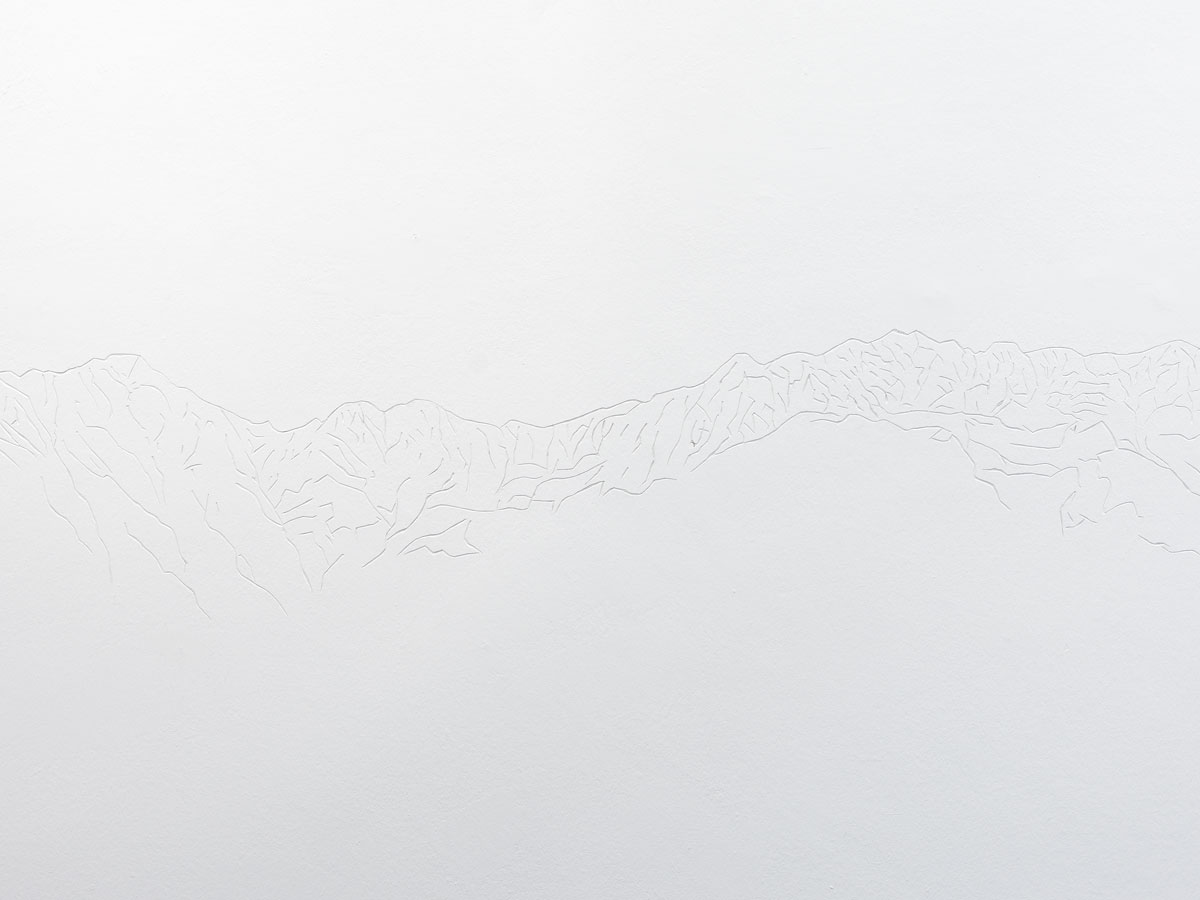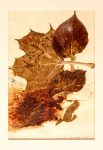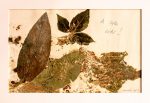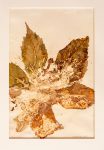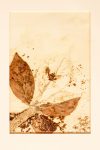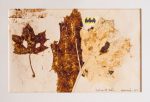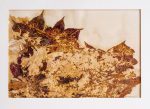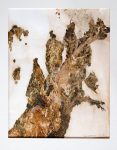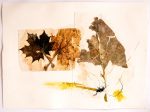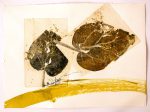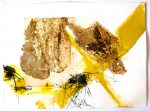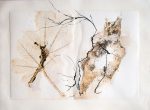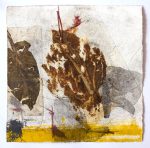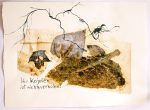Waldarbeiten
Graphik Projekt | graphic project 2017 – 2018
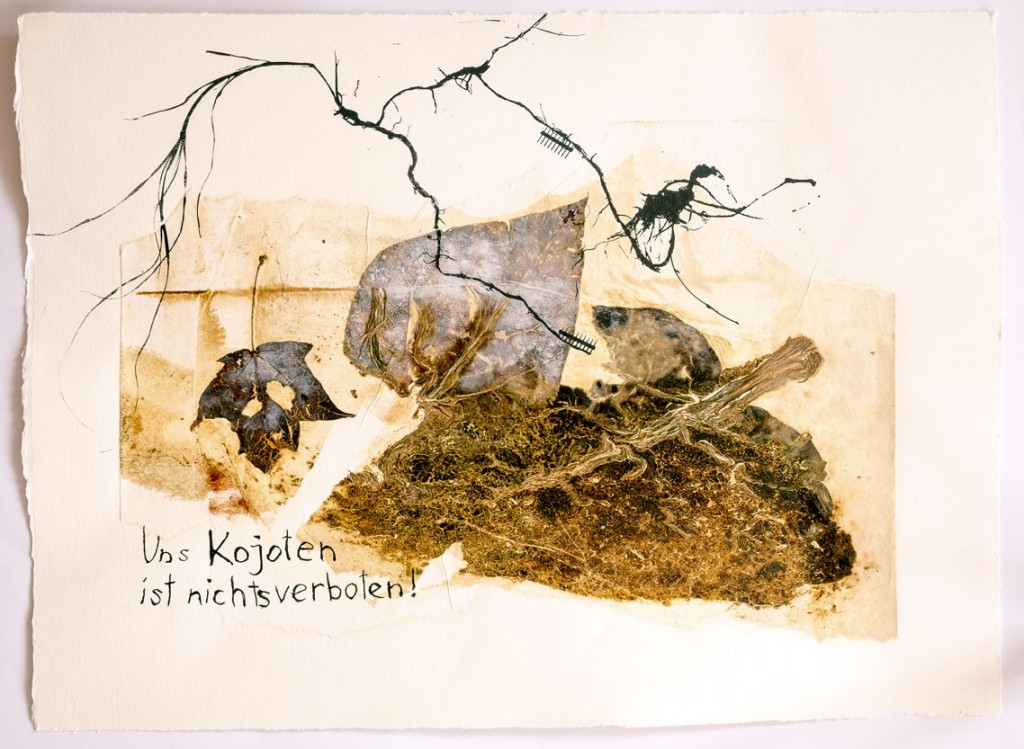
Der Wald ist Lebensraum zahlreicher Lebewesen, er gewährt Unterschlupf und Schutz und dient uns Menschen zur Erholung und als Ressource. Im Wald gilt das Recht des Stärkeren, gleichzeitig aber vermittelt er uns Ruhe und Geborgenheit, in ihm umgibt uns eine Wärme und Sicherheit spendende Weiblichkeit. Der Wald präsentiert sich in matten und bedeckten Farben. Was, wenn man ihm einen Hochglanzlook verliehe, um ihn – wie in der Werbung und vielen Medien üblich – zum Symbol absoluter Sinnlichkeit hochzustilisieren? Bücher über das „geheime Leben der Bäume“ oder deren „Sprache“ führen die Bestsellerlisten an, der aus Japan kommende Trend des Shinrin-yoku (zu deutsch: Waldbaden) wird auch hierzulande immer öfter aufgegriffen und von Medien zum Thema gemacht. Waldbaden soll das Immunsystem stärken, Stressbewältigung erleichtern und damit der Burnout-Prophylaxe und generell der Gesundheitsvorsorge dienen. Wird es bald Treehugging (zu deutsch: Bäume umarmen) auf Krankenschein geben? Galt der Wald in der Vergangenheit meist als unheimlicher und düsterer Ort, hat sich sein Image heute deutlich geändert: vom Un-Ort hin zum Erholungsraum oder als Platz zur sportlichen Betätigung. Mittlerweile existiert ein breites Spektrum an Betrachtungs- und Nutzungsmöglichkeiten. Der Wald- und Forstarbeiter betrachtet und nutzt den Wald anders als dies ein Jäger tut, eine Spaziergängerin oder ein Mountainbikefahrer. Einhergehend mit der veränderten Nutzung des Waldes hat sich auch unsere Betrachtungsweise geändert. Lassen sich, ausgehend von dieser veränderten Wahrnehmung, alternative und differenzierte Nutzungskonzepte entwickeln, die wiederum Einfluss haben auf die soziokulturelle Entwicklung unserer Gesellschaft?
Im Zuge des Projektes „Waldarbeiten“ entstanden Arbeiten, die die genannten Fragestellungen aufgreifen und thematisieren. Eine künstlerische Waldarbeit hat, vorsichtig formuliert, das Potential, neue Betrachtungsweisen des Waldes zu erschließen.
Forest Work
The forest is the habitat of many different creatures, it provides shelter and protection, and serves us humans for recovery and as a resource. In the forest the law of the strongest applies, at the same time though it communicates quiet and safety, it enwraps us in a femininity giving warmth and safety. The forest presents itself in flat and muted colours. What if we gave it a glossy look in order, as is usual in advertising and many media, to talk it up as a symbol of absolute sensuality? Books on the secret life of the trees or their language top the bestseller lists. The shinrin-yoku trend (in German: forest bathing), originating in Japan, is becoming ever more popular also in our part of the world and talked about in the media. Forest bathing is supposed to strengthen our immune system, facilitate stress management, and thus serve burnout prevention and healthcare provision in general. Will there be tree-hugging on prescription soon? While in the past the forest usually was seen as a sinister and dark place, its image today has changed considerably, from a non-place to a recreational space or a location for doing sports. Now there is a wide spectrum of possible perceptions or uses. The forest and forestry worker looks at and uses the forest differently from a hunter, a walker or a mountain biker. Hand and hand with the changed use of the forest what also has changed is our way of looking at it. Based on this altered perception, could we not develop alternative and differentiated concepts of utilisation, which again could have an influence on the socio-cultural development of our society?
In the context of the project Waldarbeiten (forest work) a number of artworks have come about that pick up on and deal with the questions above. An artistic forest work, to put it cautiously, has the potential to open up new perspectives on the forest.
Photos by: Erwin Kowacs und Roland Maurmair
internal link: • Ausstellung Waldarbeiten
internal link: • Graphiken Besitztrümmer
